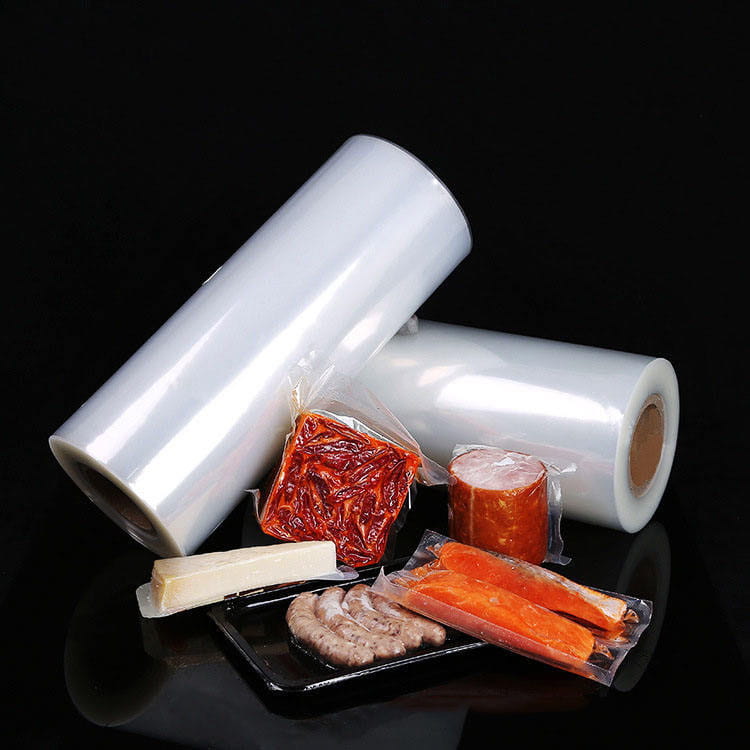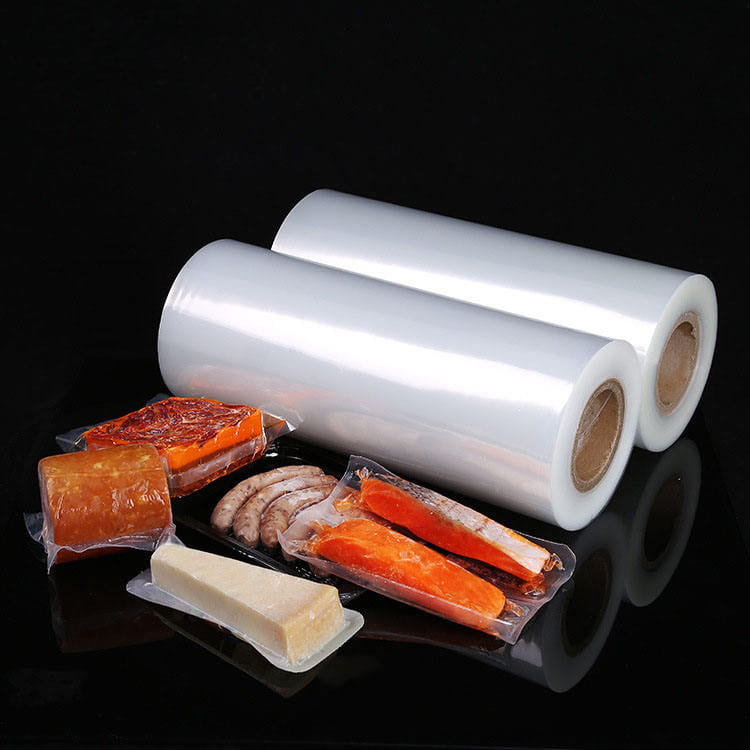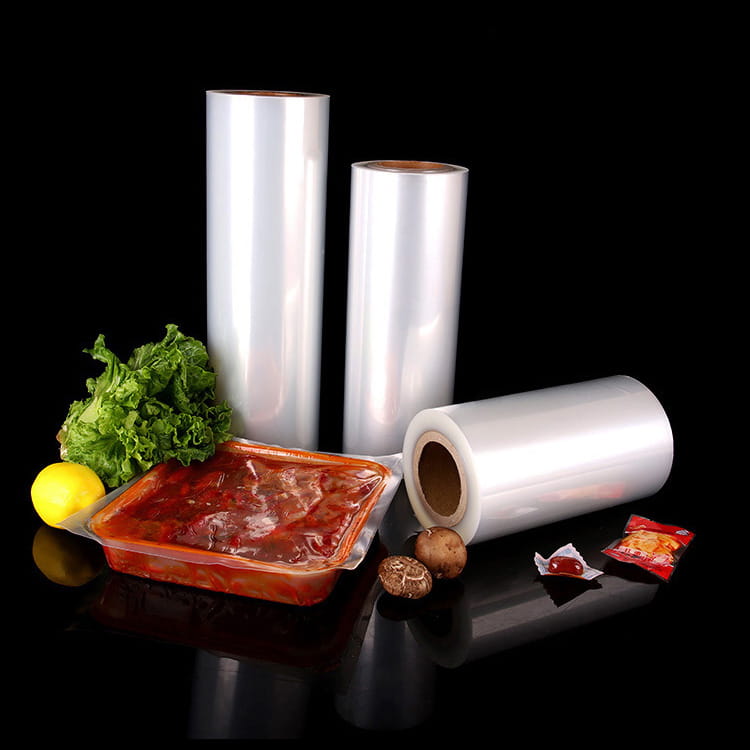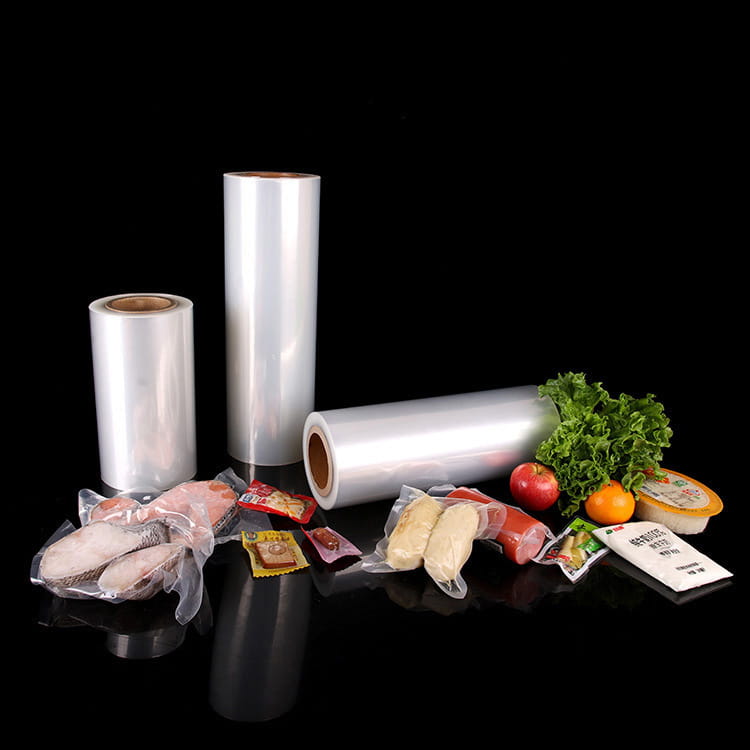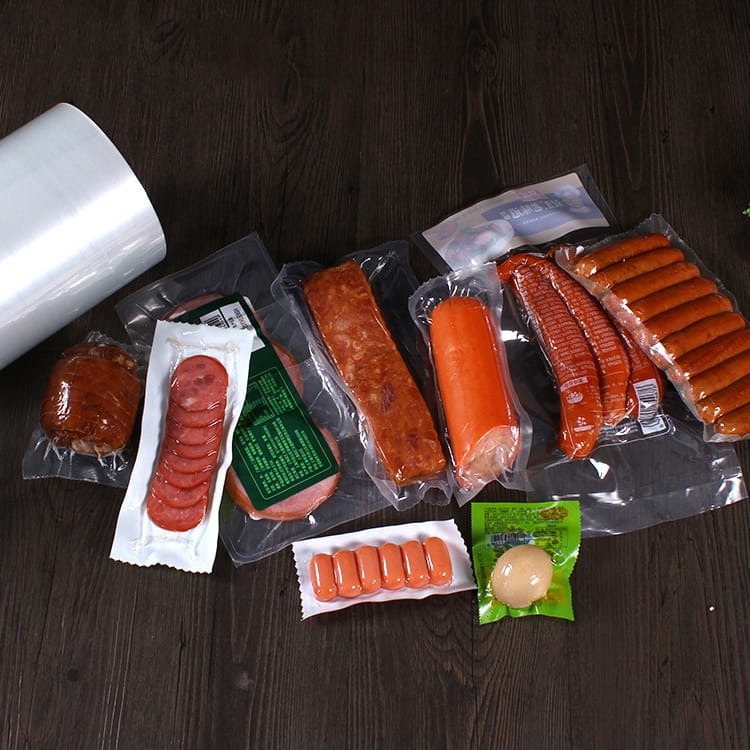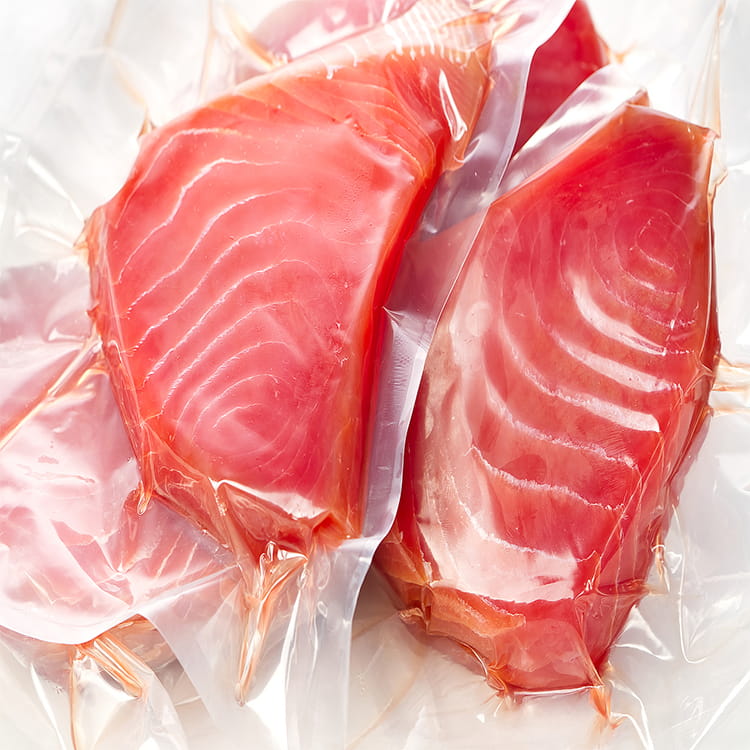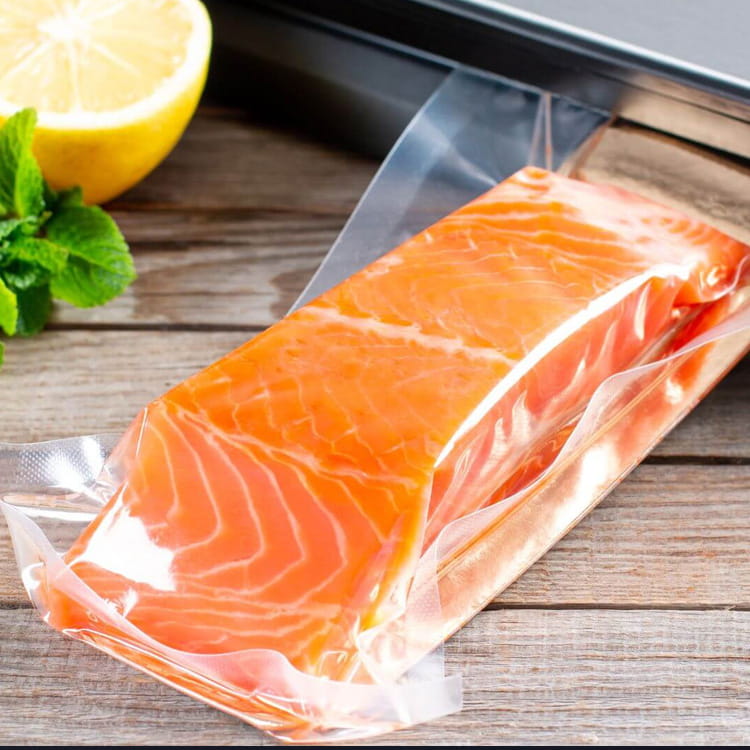Packaging plays a crucial role in product protection, presentation, and sustainability. Among the various packaging solutions available, tubular transparent packaging film has gained significant traction due to its versatility, cost-effectiveness, and adaptability across multiple industries.
Key Features and Benefits of Tubular Transparent Packaging Film
Tubular transparent packaging film is a flexible, seamless plastic film formed in a continuous tube, making it highly efficient for packaging various products. Unlike flat films that require sealing on multiple sides, tubular films are pre-formed, reducing production steps and material waste.
One of the most notable advantages of this film is its transparency, which allows for clear product visibility—a critical factor in retail packaging where visual appeal influences consumer decisions. Additionally, the material offers excellent barrier properties, protecting contents from moisture, dust, and contaminants. Depending on the polymer used (such as LDPE, LLDPE, or BOPP), the film can be tailored to provide varying degrees of puncture resistance and tensile strength.
Another key benefit is its lightweight nature, which reduces shipping costs compared to rigid packaging alternatives. The flexibility of tubular film also means it can accommodate irregularly shaped items, providing a snug fit that minimizes movement during transit. Furthermore, its heat-sealable properties ensure secure closures without the need for adhesives, streamlining the packaging process.
Applications and Industries That Benefit from Tubular Film
Tubular transparent packaging film is widely used across multiple sectors due to its adaptability and protective qualities.
In the food industry, it is commonly employed for packaging baked goods, fresh produce, and frozen foods. The film’s ability to maintain product freshness while allowing visibility makes it ideal for supermarkets and convenience stores. Some variants also include anti-fog coatings to prevent condensation, ensuring that packaged items remain visually appealing.
The pharmaceutical and medical sectors utilize tubular film for packaging sterile products, medical devices, and single-dose medications. The material’s ability to be sterilized while maintaining a protective barrier against contaminants makes it a reliable choice for sensitive applications.
Consumer goods, such as toys, stationery, and hardware items, also benefit from this packaging solution. The film’s durability prevents damage during handling, while its clarity enhances shelf presence. Additionally, industrial manufacturers use tubular film for bundling components, protecting machinery parts, and even as stretch wrap for pallet stabilization.
How Tubular Film Enhances Sustainability in Packaging
As environmental concerns drive packaging innovations, tubular transparent packaging film offers several sustainability advantages.
First, its material efficiency stands out—since the film is pre-formed in a tube, it requires fewer sealing processes compared to flat films, reducing energy consumption in production. Additionally, advancements in mono-material films (such as pure polyethylene) improve recyclability, as they eliminate the need for complex multi-layer structures that complicate recycling streams.
Another sustainability benefit is the potential for down-gauging—using thinner films without compromising strength. Modern manufacturing techniques allow for high-performance films with reduced material usage, minimizing plastic waste. Some variants are also designed for compostability or incorporation of recycled content, aligning with circular economy principles.
Furthermore, the lightweight nature of tubular film reduces transportation emissions, as more packaged products can be shipped in a single load compared to heavier alternatives like glass or rigid plastic containers.
Choosing the Right Tubular Transparent Film for Your Needs
Selecting the appropriate tubular transparent packaging film depends on several factors, including product requirements, environmental conditions, and regulatory compliance.
Material selection is critical—LDPE (low-density polyethylene) offers flexibility and clarity, making it suitable for lightweight products, while BOPP (biaxially oriented polypropylene) provides higher stiffness and moisture resistance, ideal for snacks and dry goods. For applications requiring puncture resistance, LLDPE (linear low-density polyethylene) may be the best choice.
Thickness also plays a role in performance. Thinner films (e.g., 20-40 microns) work well for lightweight items, whereas heavier products may require films exceeding 50 microns for added durability.
Additionally, specialized coatings or additives can enhance functionality. Anti-static films prevent dust accumulation, UV-resistant films protect light-sensitive products, and high-clarity films improve visual merchandising.
Finally, compliance with food safety standards (such as FDA or EU regulations) is essential for edible products, while industrial applications may prioritize tensile strength and tear resistance.
Tubular transparent packaging film is a versatile and efficient solution that meets the demands of modern packaging. Its combination of clarity, durability, and sustainability makes it a preferred choice across food, pharmaceutical, consumer goods, and industrial sectors. By understanding its features and selecting the right variant for specific needs, businesses can optimize both performance and environmental impact.
As packaging trends continue to evolve, tubular film remains a reliable option—balancing functionality, cost-efficiency, and eco-conscious innovation. Whether for protecting perishable goods or enhancing shelf appeal, its role in the packaging industry is set to grow even further.


 English
English عربى
عربى



